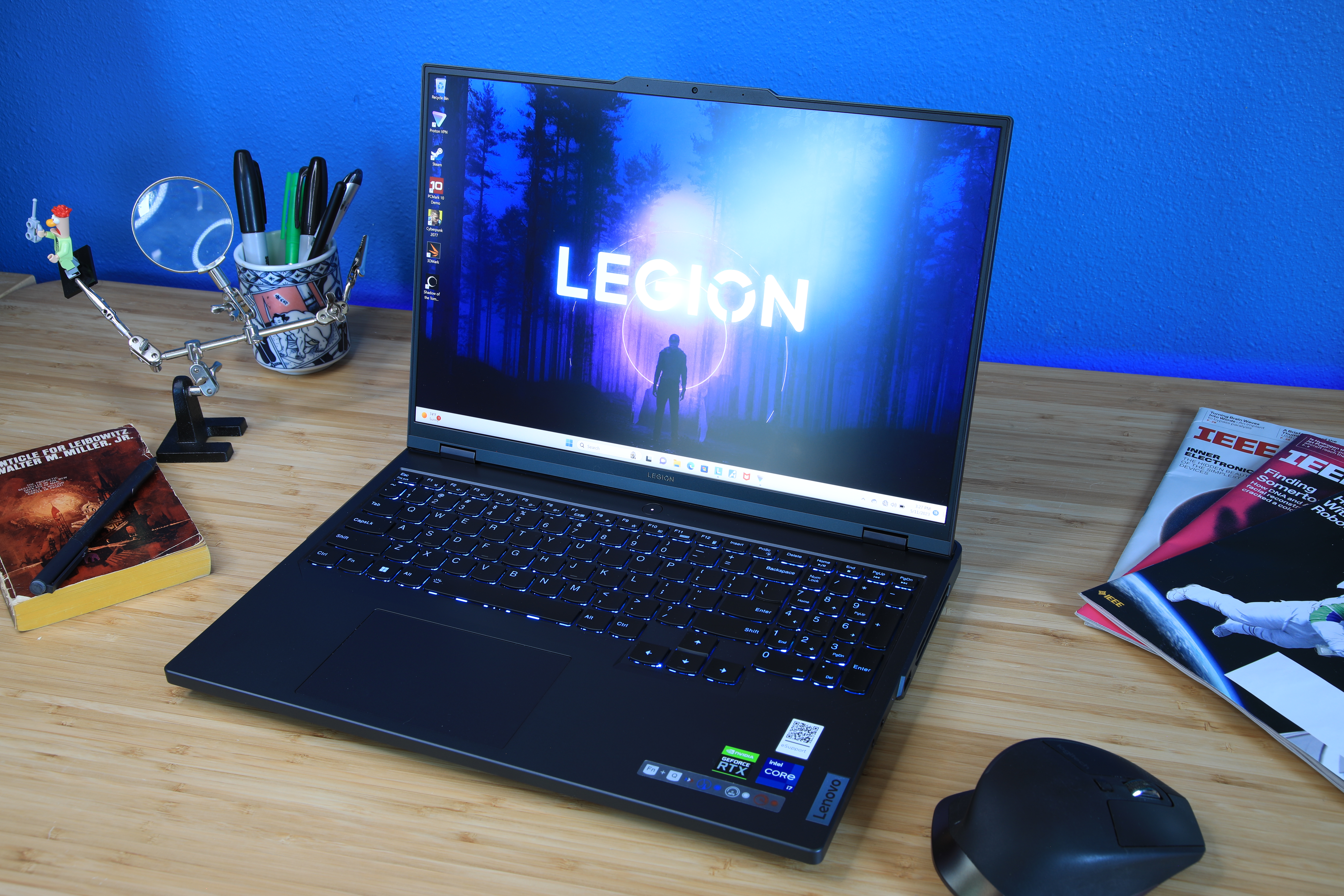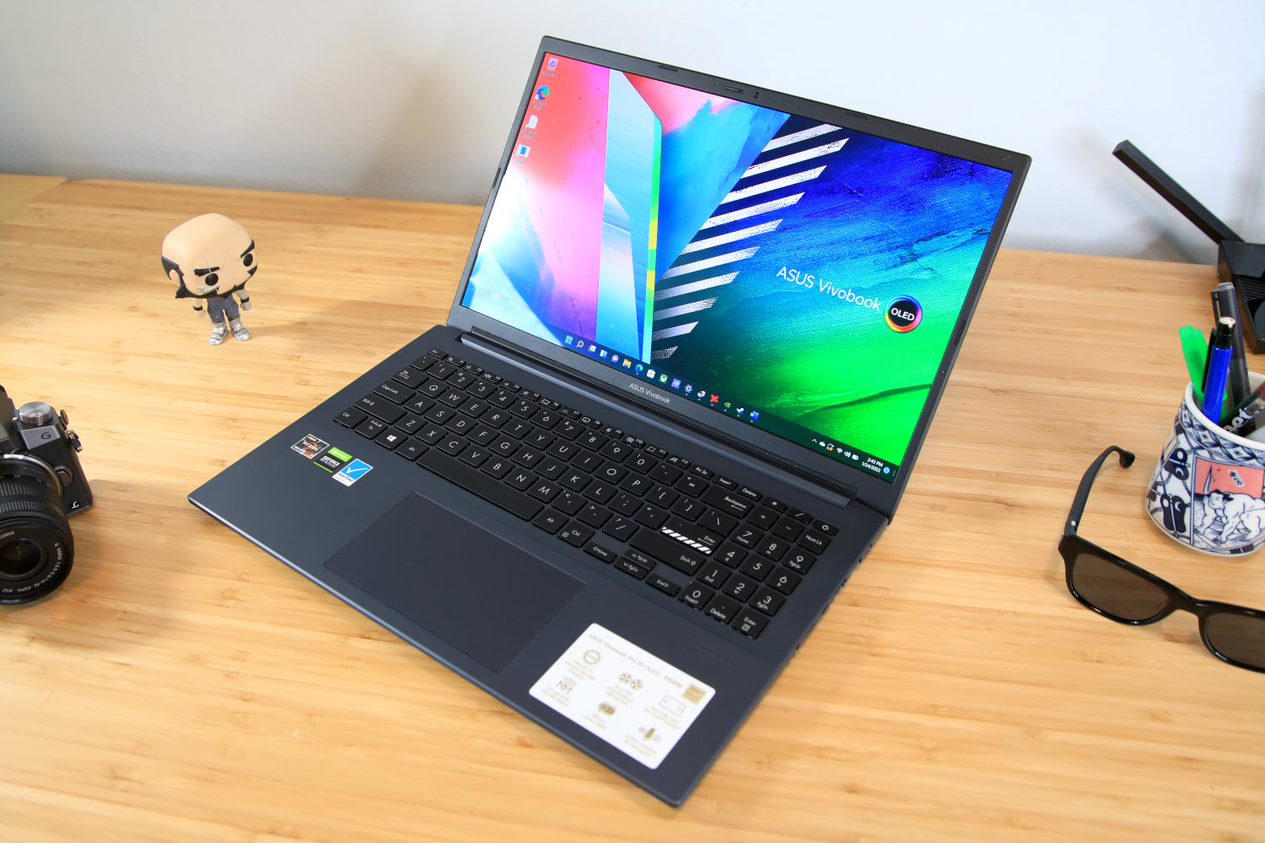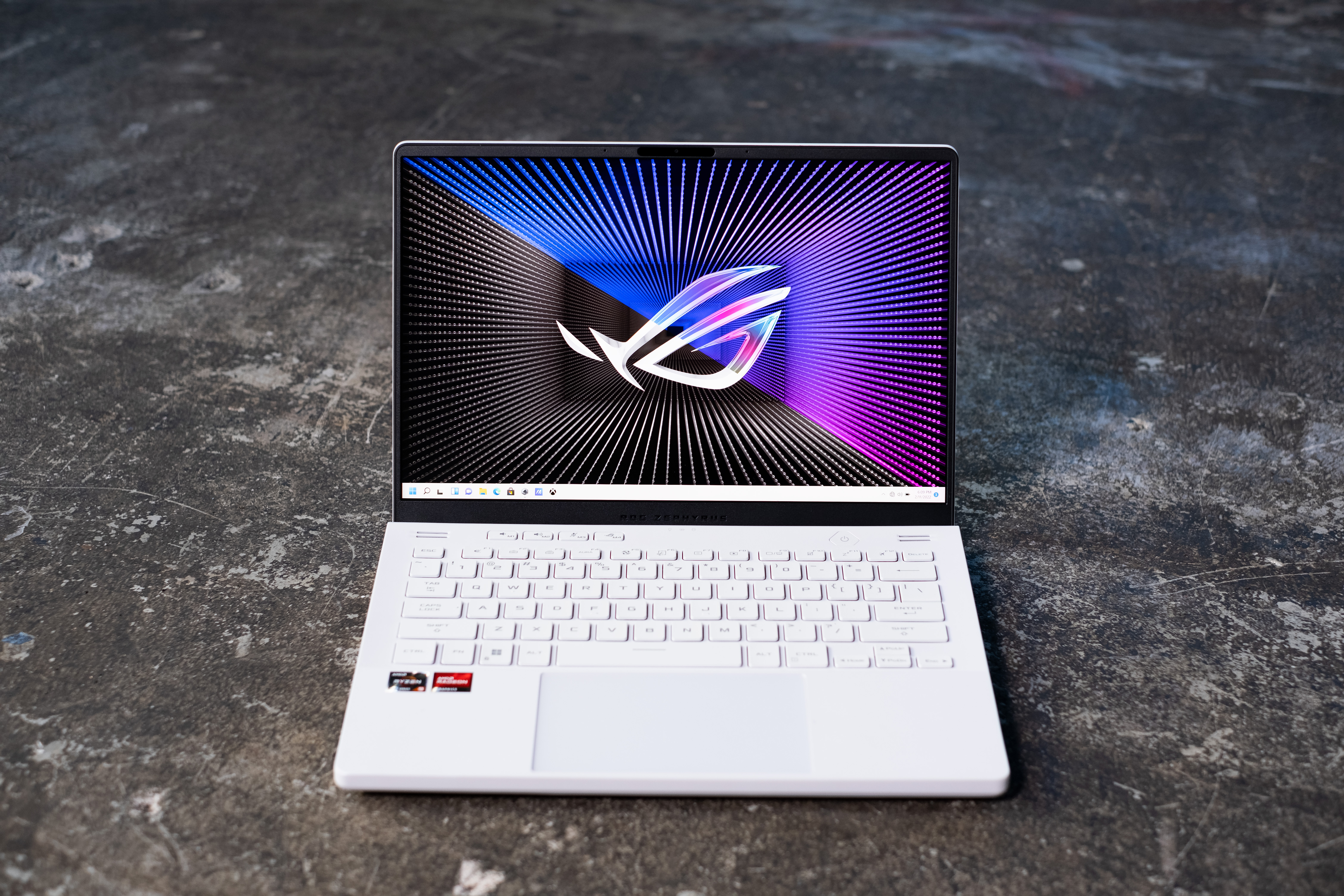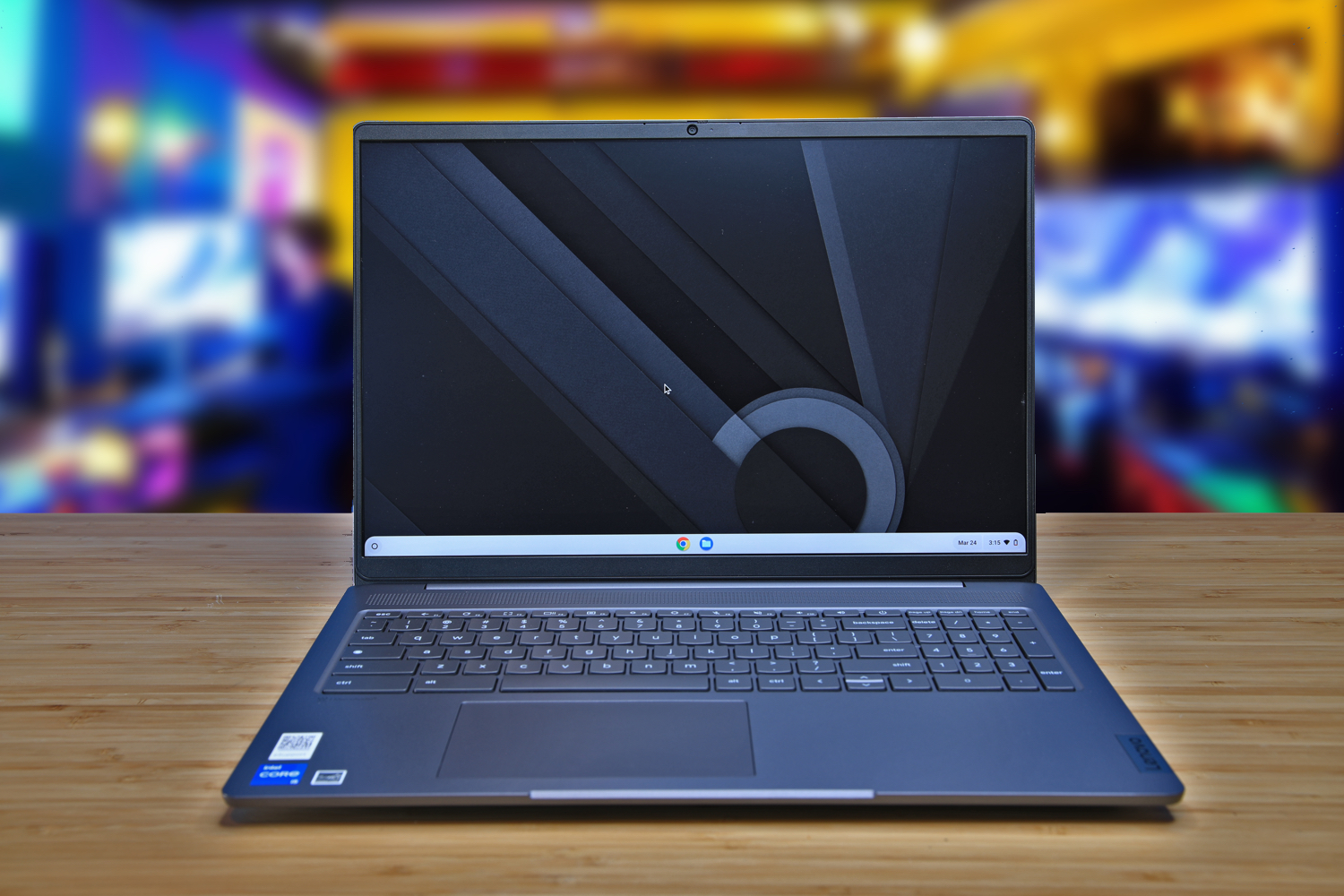When looking for a laptop for school, you not only want one that helps you get through your classwork and homework but also something you can have fun with in your free time. It needs to be powerful enough for your late-night gaming sessions, yet portable enough to be a comfortable everyday carry.
It might be a bit overwhelming shopping for a new laptop if you don’t know where to start, but don’t worry. We went ahead and carefully curated a list of the best gaming laptops specifically for students. We’ve taken everything from display quality to portability to budget into consideration. Read on to learn more about our picks.
It’s that time of the year again—back to school season. That means you can score some killer discounts on top laptops and other tech to get you ready for the next school year. Check out our roundup of the best back to school deals to help you save some money.
Updated 07/28/2023: To include the latest Lenovo IdeaPad 5 as our choice for best Chromebook for gaming. Read our summary below for more info on this great new pick.
Lenovo Legion 5 Pro (2023) – Best overall

Pros
- Handsome design
- Excellent keyboard
- Lots of connectivity
- Strong CPU and GPU performance
Cons
- Heavy and bulky
- Mediocre display
- Short battery life
The Lenovo Legion 5 Pro ticks off a lot of boxes. It offers fantastic gaming performance, a wide range of connectivity options, a rugged design, and so much more. Plus, the pricing is competitive, meaning even college students on a budget don’t need to go on a instant-ramen only diet to afford it. This machine is more than capable and the best bang for your buck as a student looking to game.
Lenovo packed their latest Legion 5 Pro model with an Intel Core i7-13700H CPU, an Nvidia GeForce RTX 4060 GPU, 16GB of RAM, and 512GB of SSD storage. They didn’t skimp on the laptop’s screen either as the non-touch IPS display has a resolution of 2560×1600 and a maximum refresh rate of 165Hz. The display is also bright, but it’s not as colorful as others we’ve seen. Overall, strong performance and competitive pricing make this laptop an excellent choice for gamers.
Asus VivoBook Pro 15 OLED Ultra Slim Laptop – Best budget option

Pros
- Good productivity performance
- Superb display
- Rugged design
- Great battery life
Cons
- Boring aesthetics
- Unimpressive 720p webcam
- Unreliable fingerprint scanner
- Poor port selection
If you’re looking for strong gaming performance at an affordable price, the Asus VivoBook Pro 15 OLED is a fantastic choice. According to our tester, this laptop can easily handle “gaming, streaming, and day-to-day productivity.” It has an AMD Ryzen 7 5800H CPU, an Nvidia GeForce RTX 3050 GPU, 16GB of RAM, and 512GB of NVMe PCIe SSD storage. You may need to drop down to medium or high graphics when playing newer AAA titles. That said, this machine should be able to run older games just fine. The OLED panel is also superb and battery life is great. In fact, it lasted over 11 hours on a single charge during our battery-life benchmark. That’s impressive for a gaming laptop. There are a few minor nitpicks to be aware of, though.
The fingerprint scanner is downright finicky and the overall aesthetic is uninspiring. The port selection isn’t too diverse, either. If you can live with those caveats, the VivoBook Pro 15 OLED is an absolute joy to use and well worth considering. If you’re interested in more budget gaming laptop recommendations, be sure to check out our picks for the best gaming laptops under $1,500 and the best gaming laptops under $1,000.
Lenovo Slim 7 Pro X – Best ultraportable for gaming

Pros
- Attractive, robust design
- Thin profile, low weight
- Enjoyable keyboard and touchpad
- Excellent processor performance
Cons
- No Thunderbolt 4, Ethernet, or dedicated video-out
- Display is sharp, but falls behind OLED alternatives
- Battery life is slightly behind the pack
The Lenovo Slim 7 Pro X combines the rare combination for gaming laptops of being both ultra-lightweight and powerful. Weighing in at just over three pounds, it lives up to the name of ultraportable. In such a tiny package they somehow manage to fit an AMD Ryzen 6900HS CPU and an Nvidia GeForce RTX 3050 GPU. This means that you can expect strong gaming performance even while on the go.
There honestly aren’t many knocks against it. While the display is sharp, it’s not OLED and the battery life is lacking a little bit. But these are minor inconveniences and don’t really take away from the overall appeal of this ultraportable. One thing to note however is that the RTX 3050 GPU is fine for most games, but it won’t be able to handle ray tracing, so if playing at the ultra settings is important then you may want to consider a laptop with a more robust graphics card. However, if you’re looking for a portable gaming laptop that promises solid performance, the Lenovo Slim 7 Pro X is a great option.
Lenovo IdeaPad 5 Gaming Chromebook – Best Chromebook for gaming

Pros
- Ample power for gaming performance
- Smooth and gorgeous QHD display
- Stunning otherworldly design with RGB lighting
Cons
- Rear-orientated ports can be hard-to-reach
- Middling battery life unplugged
- RAM comes soldered onto the motherboard
When you think of gaming laptops, Chromebooks might not be the first thing that comes to mind. But Lenovo is trying its best to change all of that with its IdeaPad 5 Gaming. It comes loaded with a Core i5 processor, 8GB of RAM, a 256GB SSD, and a bright 16-inch 2560×1600 display. Also, the speakers are surprisingly strong, which is a rarity for any type of laptop.
If you want to game on a Chromebook, though, you’ll need to do it through a cloud gaming service as ChromeOS doesn’t support most modern games. But for the monthly fee of one of these gaming services, you’re able to stream the very best modern games straight from the cloud to your Chromebook. In our tests we even found that we could stream AAA games at good resolutions and up to 120Hz on the Lenovo IdeaPad 5 Gaming Chromebook. We consider that to be pretty dang good for a laptop that costs a fraction of the price of a stronger Windows gaming rig. See our roundup of the best cloud gaming services to learn about options to use with the IdeaPad 5.
How we tested
The PCWorld team puts every Windows laptop through a series of intense benchmarks that test GPU and CPU performance, battery life, and so on. The idea is to push the laptop to its limits and then compare it against others we’ve tested. Below, you’ll find a breakdown of each test and the reasons why we run them.
Windows laptops
- PCMark 10: The PCMark 10 benchmark is how we determine how well the laptop handles general use tasks like web browsing, word processing, spreadsheets, streaming, and so on.
- HandBrake: HandBrake is more intensive than PCMark 10. It measures how long a laptop’s CPU takes to encode a beefy 30GB file.
- Cinebench: Cinebench is a brief stress test of the CPU cores. It renders a 2D scene over a short period of time.
- 3DMark: 3DMark checks if 3D performance remains consistent over time by running graphic-intensive clips. This is how we test a gaming laptop’s GPU.
- Video rundown test: To gauge battery life, we loop a 4K video using Windows 10’s Movies & TV app until the laptop dies.
FAQ
How much graphics power will I need?
The GPU is important because it’s the component that determines how smoothly your machine handles games. Fortunately, you don’t need the best graphics card to get reliable graphics performance, which is good news if you’re on a strict budget. If you’re looking to save some cash, go for the GTX 1650. It’s an entry-level GPU that’s powerful enough for 1080p gaming on mid-to-high graphics. If you need more oomph and higher frame rates, we’d suggest shooting for a GTX 1660 Ti or higher, or a more current RTX 30-series GPU.
What about processing power?
For Intel processors, aim for a 12th-gen Intel Core i5 or i7. For AMD, go with a Ryzen 4000 or 5000. A processor with four cores is good, but six cores or more is better. More cores helps your machine divvy up the workload.
Are memory and storage options important?
Absolutely! 8GB of RAM is the bare minimum I’d recommend, but if you can afford it, go for 16GB instead. This will help overall browser performance, which is important when you’re doing schoolwork. Memory is typically upgradeable, so you can always swap it out and add more later on.
Storage directly impacts how many games you can install on your computer. You should get at least 512GB of SSD storage plus a hard drive, as newer titles tend to eat up a ton of space. SSDs load games faster because the data is stored on chips rather than a spinning disk. Plus, SSDs are quieter and more power efficient. You’ll also need the space to store homework and so on.
Should I invest in a top-quality display?
Don’t go for anything below 1080p. If the picture isn’t sharp enough or is too dim, you can always pick up an external monitor to plug into. For those who suffer from tension headaches due to eye strain (hi!), 4K is the way to go. That said, 4K displays are expensive because they have higher refresh rates and faster response times.
How long should my laptop last on a single charge?
Generally speaking, most gaming laptops have bad battery life. That’s because they’re power-hungry machines. It’s a lot of work running an AAA title on ultra graphics, you know? Depending on your use, most gaming laptops will last anywhere from four to six hours on a single charge. However, if you limit your use to schoolwork only, you may be able to squeeze out another hour or two.




